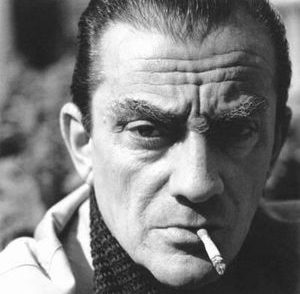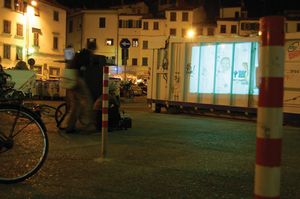‘Michelangelo wrote poems’? That is the question you should expect when you tell someone that Michelangelo—sculptor, painter, architect—was also a poet. And you’re likely to hear the follow-up: ‘Are they any good?’
His contemporaries thought so, and despite his protests, Michelangelo must have thought so, too. A collection of 302 poems survived Michelangelo’s tendency to condemn letters, sketches, and other documents to the flicking flames of his hearth. As he so often did with both painting and architecture, he disparaged poetry as ‘not his art’. So, if his poetry has gone underappreciated by later literary critics and readers, he must surely assume some of the blame: ‘My writings’, he claims in one late poem, ‘are only good for tambourines and wrapping, for innkeepers, latrines, and brothels’.
Although he admired both Dante and Petrarca, Michelangelo resisted the common 15th-century idea that a good poet merely engaged in a little creative imitation of the giants’ well-known lines and themes. At a time when his peers were writing to a beautiful-yet-unattainable woman loved from afar, the Petrarchan style that was already becoming trite, Michelangelo wrote humorously burlesque poems. While painting the Sistine Chapel ceiling he bemoans ‘I’ve already grown a goiter at this drudgeryWith my beard toward heaven I feel my memory-box atop my hump’. For special effect, he even added a cartoon of himself drawing an alien-like creature above his head. Other poems are anxiously religious: ‘My dear Lord, you who alone can clothe and strip our souls, and with your blood purity and heal them of their countless sins and human impulses’. He often refers to his great artistic career, for example, telling his confidant Vittoria Colonna in a poem that ‘not even the best of artists has any conception that a single marble block does not contain within its excess’.
Not only did Michelangelo go against the grain of the predominant literary culture, but he did so, particularly at a time when the Counter-Reformation was tightening its control of all things unorthodox (he asks to have his ‘sweet and longed-for lord in my unworthy yet ready arms forever’). In fact, his nephew scoured the poems for posthumous publication in 1624. Genders were swapped, verses reworked to sound more refined, and lines were added to incomplete poems. The original versions were not printed for another 240 years, in 1863.
Michelangelo’s own protests notwithstanding, poetry-writing was an integral part of his movement in the literary and artistic circles of Florence and Rome. Not truly quick ‘scribbles’ destined for the latrine, many of his poems were thoughtfully revised and sent to leading intellectual figures for editing and suggestions. Numerous composers set his poems to music. T
wo of his sonnets were used as examples of admirable and imitable poetry in Benedetto Varchi’s 1546 lectures to the Florentine Academy. Giorgio Vasari included references to the poetry in his Vite, and several published dialogues of the time, like those of Donato Giannotti and Francisco de Hollanda, mention Michelangelo as both artist and poet.
Many of Michelangelo’s closest friendships hinged on poetic correspondence. He labored with his friend and advisor Luigi del Riccio, for example, for years on a publication of over 100 of the poems, a project that he abandoned at his friend’s death. He enjoyed a literary relationship with Vittoria Colonna, one of the pre-eminent poets of the day and one of the first women to publish poetry. Colonna had a dramatic impact on his spiritual poetry and sent him a manuscript of her own rime spirituali.
While Michelangelo’s literary correspondents read almost like a ‘Who’s Who’ of Florence and Rome, he nonetheless used poetry to further the myth of himself as a solitary, isolated and tormented figure. He is ‘naked and alone’, ‘conquered and chained’. Reflected in the beautiful eyes of his beloved ‘I see myself so ugly’, and to the world he is but a ‘tired old man’. He mourns the ‘fables of the world’ that have left him ‘so close to death and so far from God’.
Although Michelangelo the poet did not reach the artist heights he achieved in sculpture and painting, he was still widely admired by many of the leading figures of his day.







